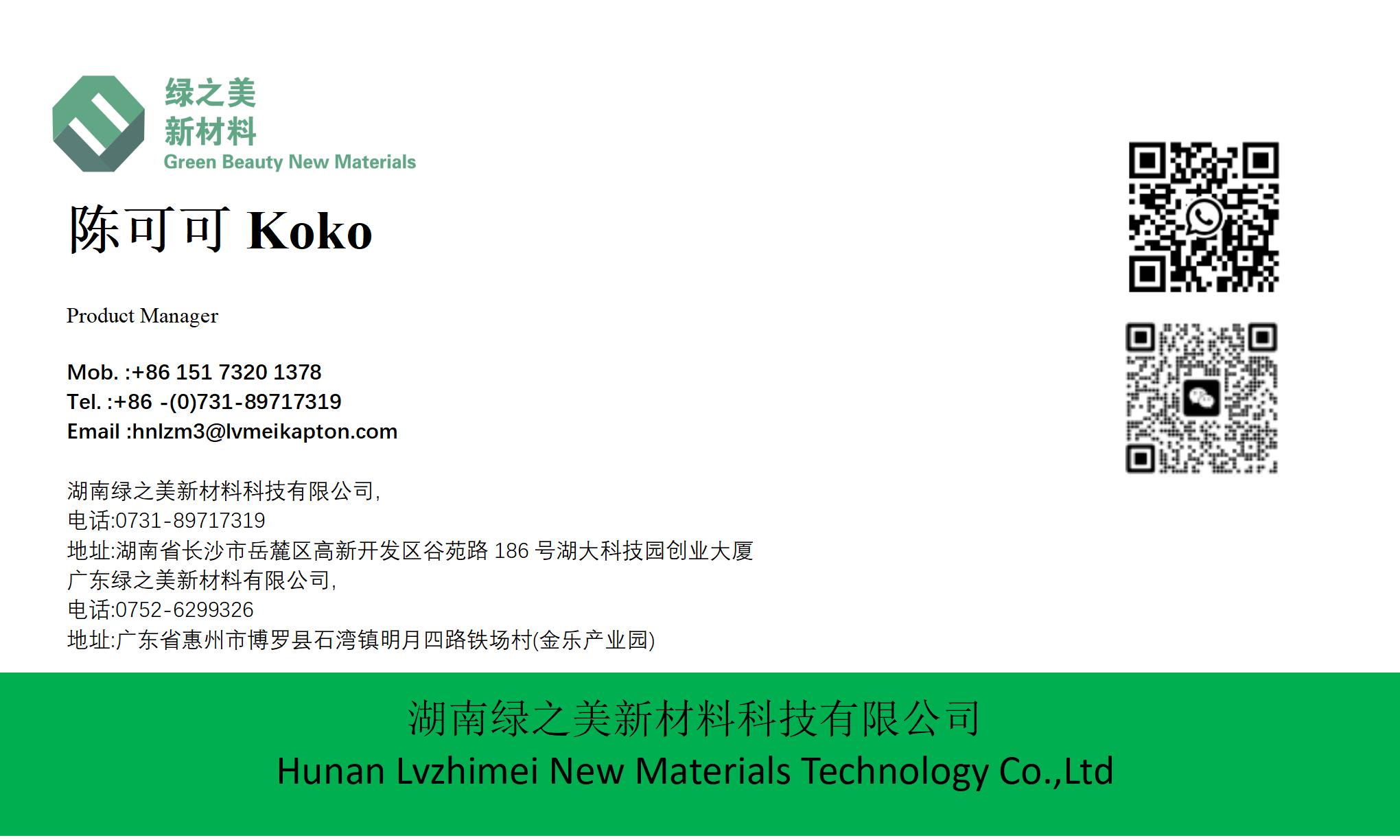



Where Will PI Tape Compliance Challenges Arise in the Future? | https://www.lvmeikapton.com
Introduction As technology evolves, PI tape’s regulatory landscape will grow more complex. This article forecasts emerging compliance challenges and proposes proactive strategies.
Predicted Compliance Hurdles
ROHS Expansion: Future iterations (ROHS 4.0+) may target “regrettable substitutions” like PFAS (perfluoroalkyls) used in some PI coatings, requiring material reformulation.
UL Miniaturization Requirements: Shrinking electronics (e.g., IoT sensors) demand thinner PI tapes (≤0.03mm), challenging manufacturing precision and UL thickness tolerances.
Circular Economy Pressures: EU’s Waste Electrical and Electronic Equipment (WEEE) Directive will incentivize recyclable PI tapes, contradicting current laminated constructions.
Global Harmonization Conflicts: Diverging regional standards (e.g., China’s RoHS vs. EU ROHS) may complicate multiregional product launches.
Mitigation Strategies
● Material Innovation: Development of bio-based polyimides (e.g., from lignin) to meet eco-labels while retaining performance.
● Digital Compliance Platforms: AI-driven systems that track substance concentrations, UL test results, and regulatory updates in real-time.
● Modular Tape Design: Layered PI tapes allowing easy disassembly for recycling (e.g., separable adhesive vs. film).
Impact on Industries Automotive: ROHS 4.0’s PFAS restrictions will disrupt EV battery tape supply chains, potentially delaying model releases. Aerospace: Stricter UL flammability tests for space applications (e.g., lunar habitats) will necessitate novel ablative coatings.
Risk Management Framework
Challenge | Mitigation Action | Timeline |
New ROHS Substance Limits | Substitute PFAS with ceramic nanoparticle barriers | 2027-2029 |
Miniaturization | Invest in precision slitting equipment | 2026 |
Recycling Mandates | Design tapes with laser-separable layers | 2028+ |
Conclusion PI tape manufacturers must adopt forward-looking strategies to navigate future compliance challenges. Collaboration with regulatory bodies, investment in R&D, and digitalization of compliance processes will be pivotal. By anticipating changes like ROHS 4.0 and UL revisions, industry leaders can turn regulatory pressures into opportunities for sustainable innovation. https://www.lvmeikapton.com





